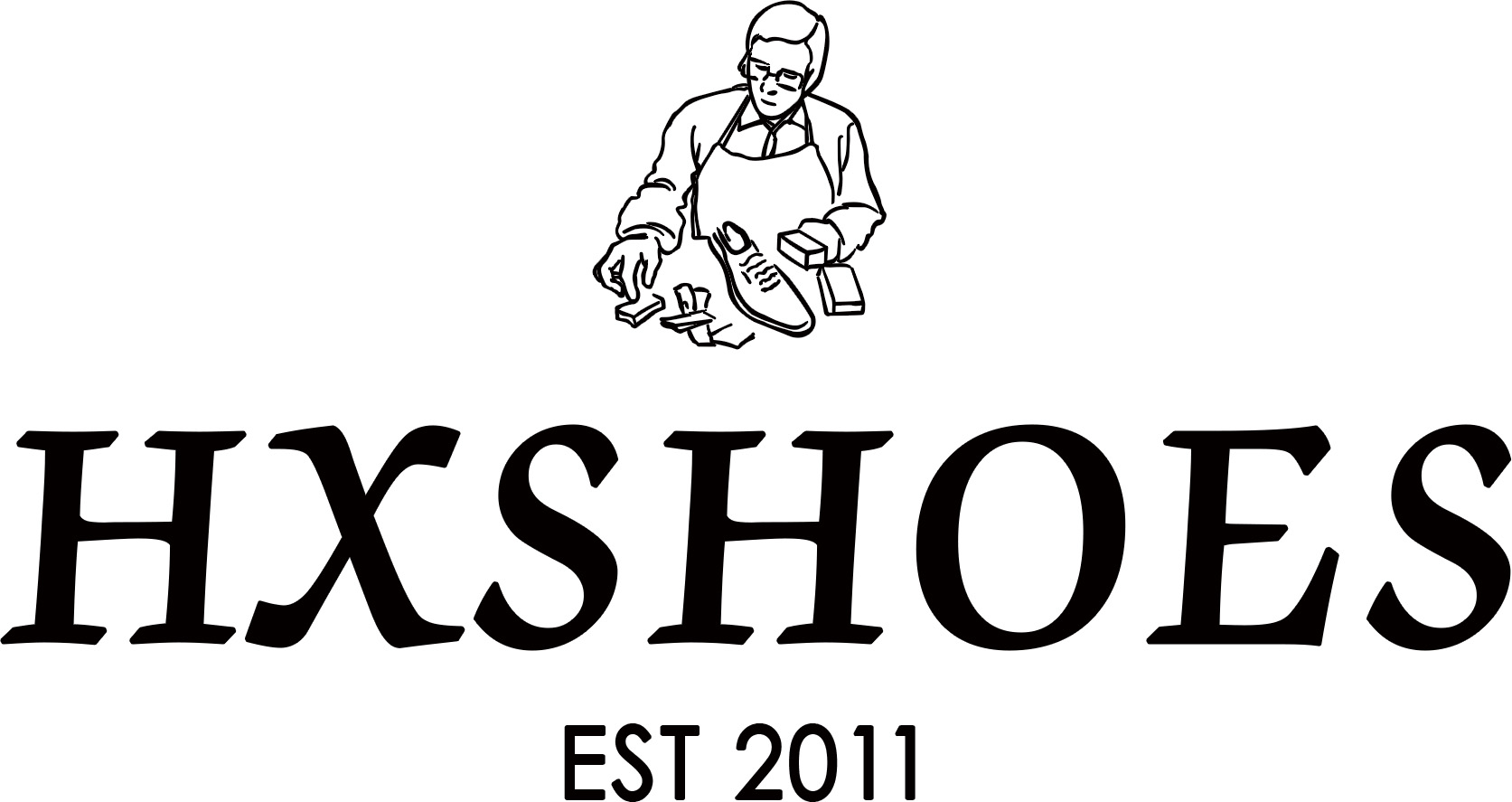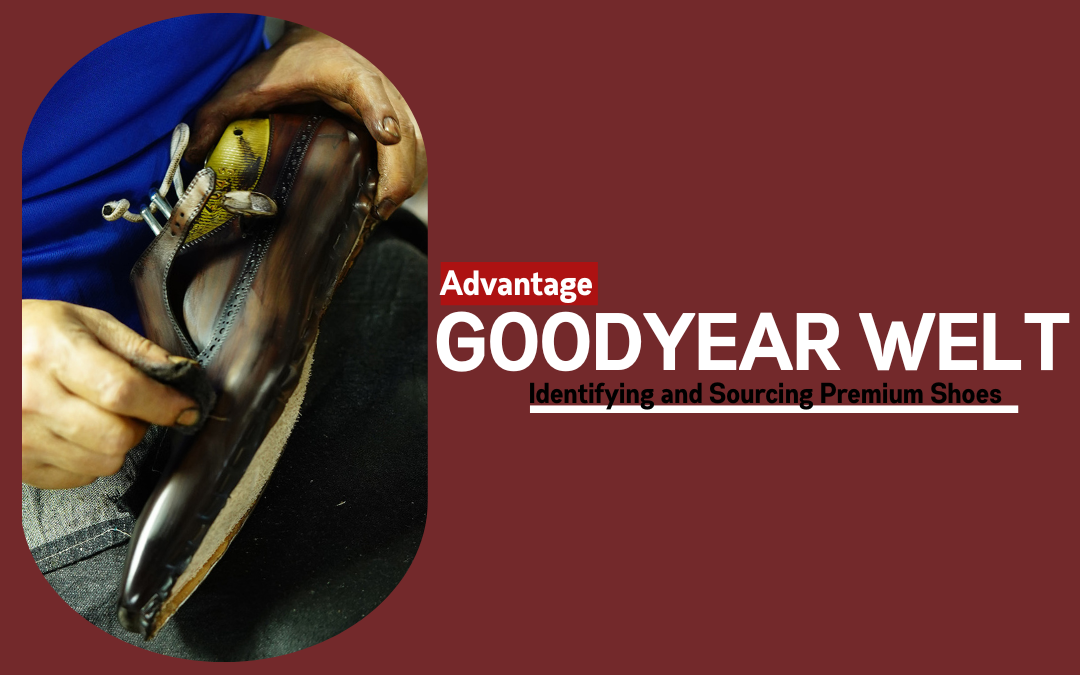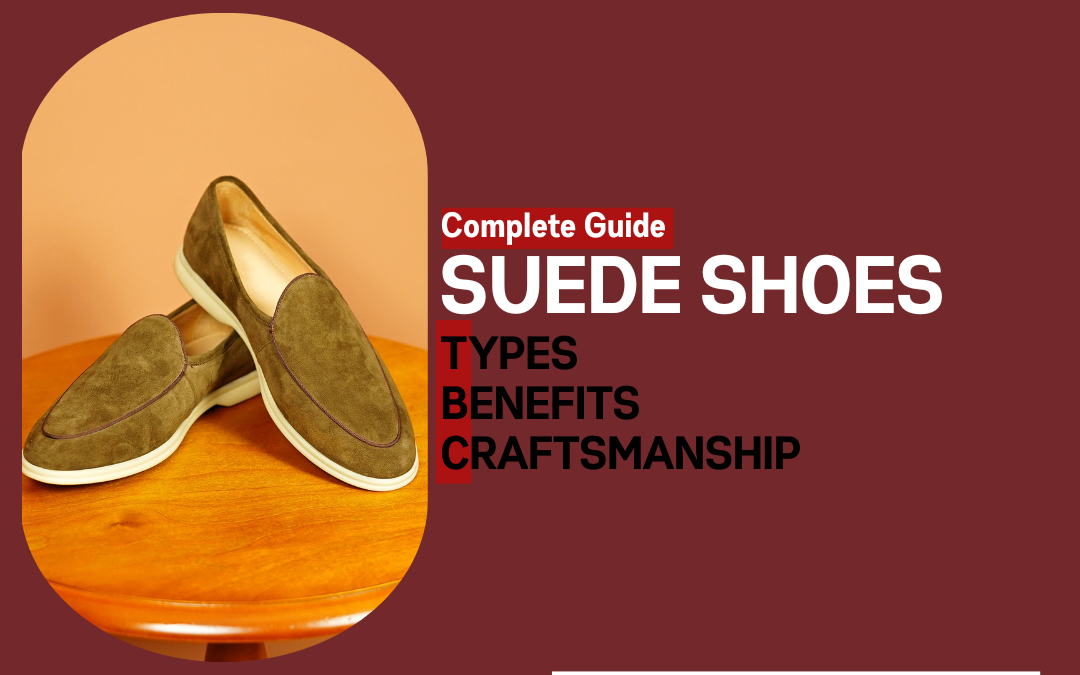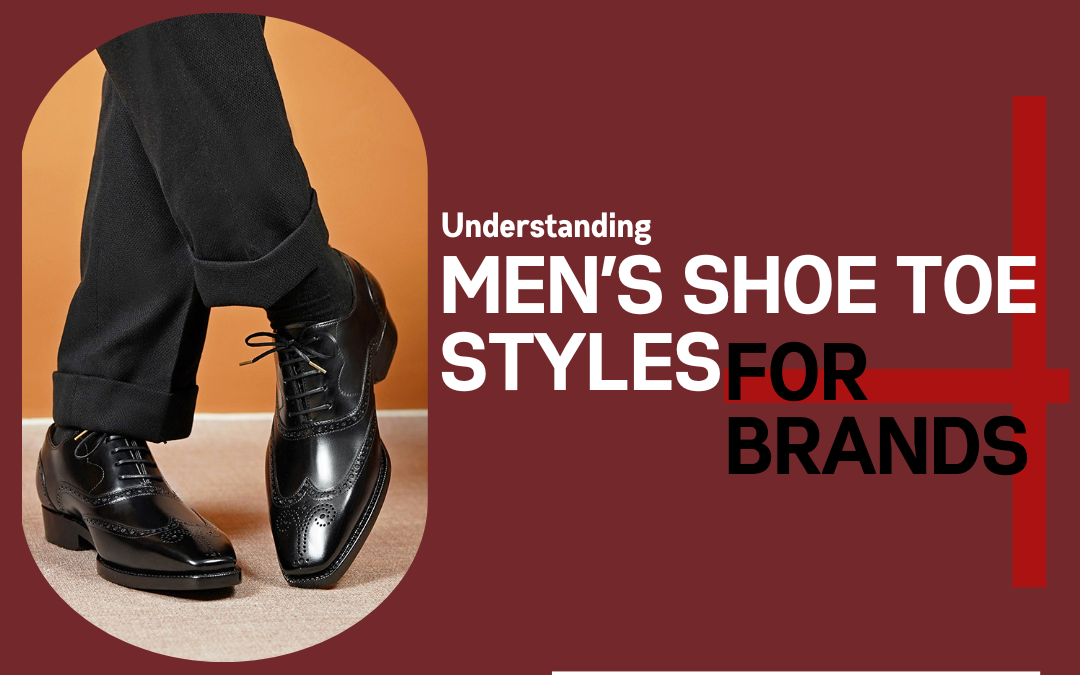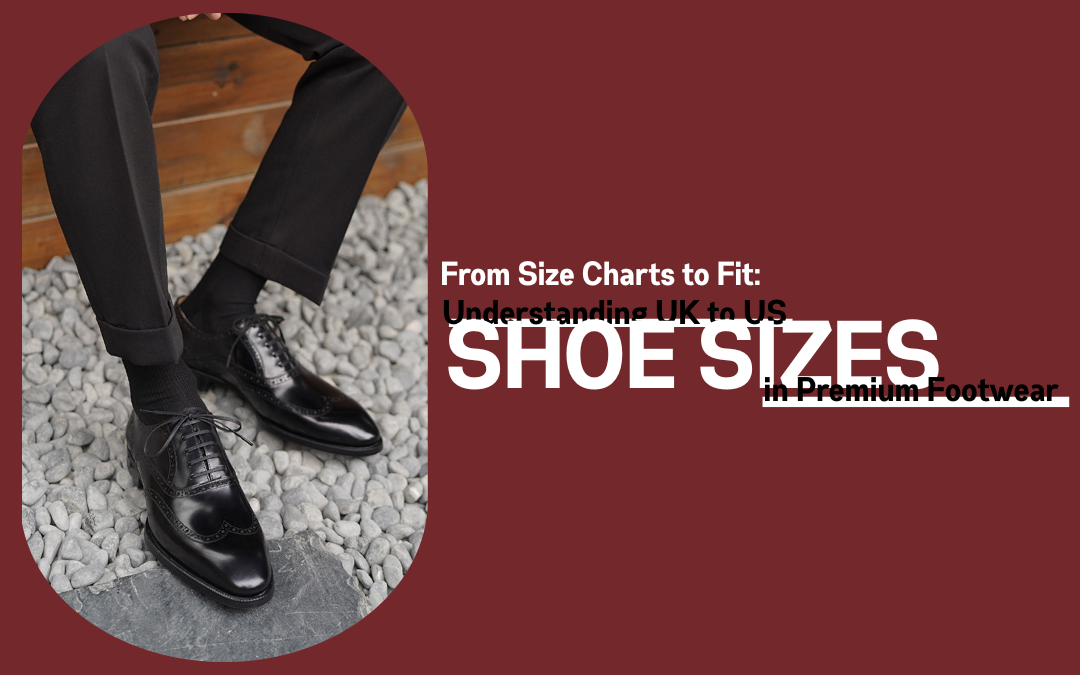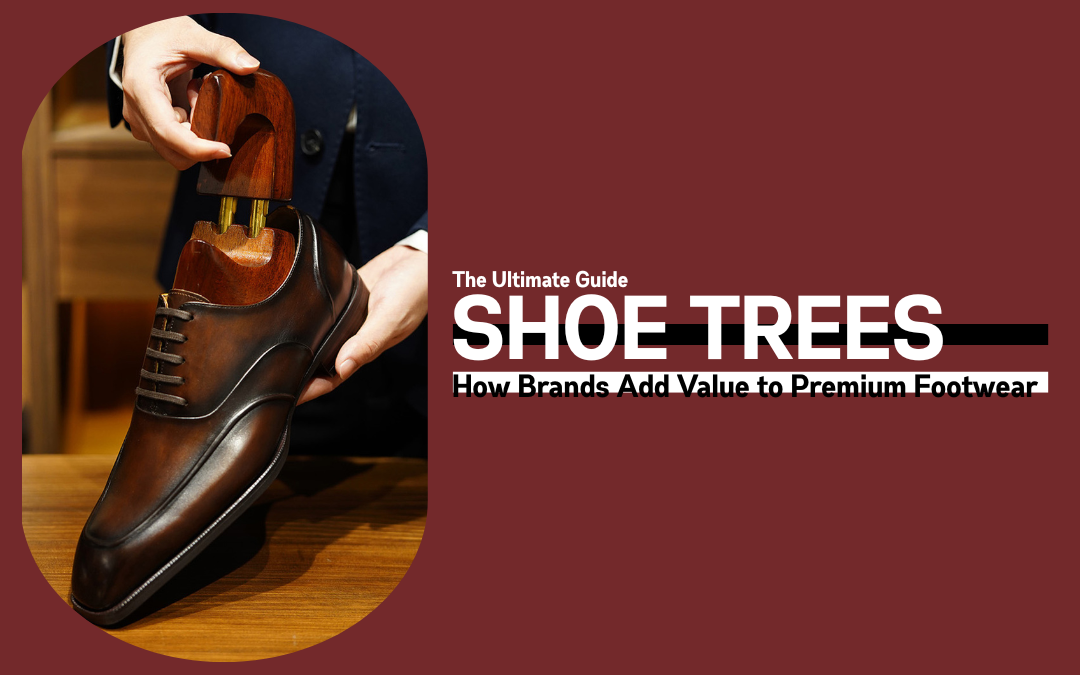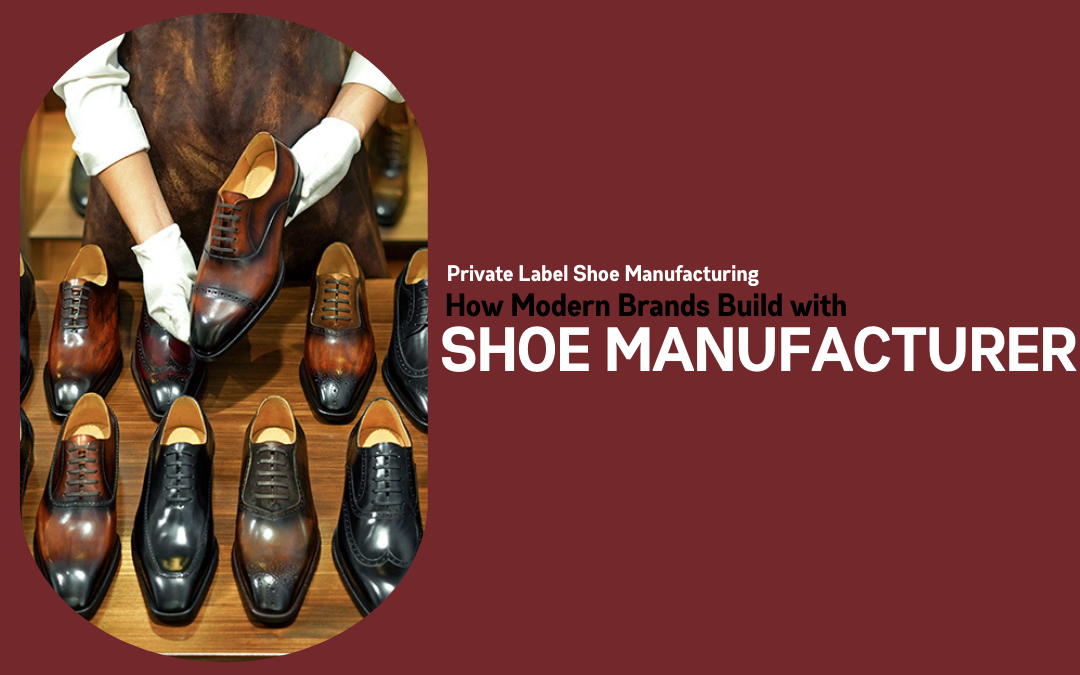If you care about building a footwear line that lasts, “The Goodyear Welt Advantage: Identifying and Sourcing Premium Shoes” isn’t just a nice idea—it’s your competitive edge. Running late, the idea still stuck: construction beats trends. Styles come and go; the way a shoe is built decides whether it earns repeat customers, five‑star reviews, and a healthy lifetime value. In premium men’s footwear, Goodyear welting is the benchmark, the one serious shoppers and wholesale partners look for when they want durability, repairability, and polish.
Why Construction Method Defines Quality
You’ve probably noticed: two shoes can look similar online yet live very different lives once worn. The difference? The connection between upper and sole. That joint governs how a shoe breaks in, how it handles rain, and how easily it can be repaired. Goodyear welted construction—where the sole is stitched to a separate strip of material (the welt) rather than directly to the upper—creates a serviceable “architecture” built for years of use and factory‑quality repairs. That’s why heritage makers from Northampton to the Midwest keep using it.
For private‑label and wholesale clients, being able to identify Goodyear welting does two things: it keeps product quality consistent across SKUs and seasons, and it gives you a clear value story your sales team can tell without breaking stride.
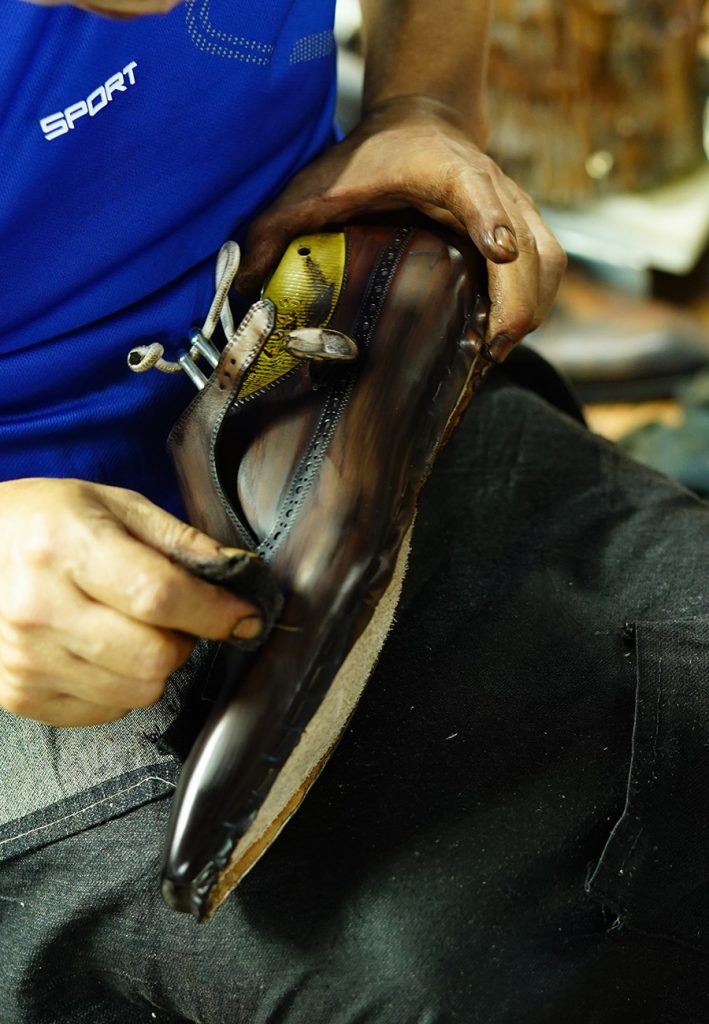
What Is a Goodyear Welt and Why Does It Matter?
The Definition of a Goodyear Welt
A Goodyear welt is a strip—traditionally leather—stitched to both the upper and the insole’s rib (often called the “gemming” in modern factory methods). The outsole is then stitched to that welt, not directly to the upper. The cavity created in between is filled with cork or similar material, which compresses and molds to the wearer over time. That’s the reason great welted shoes get comfier the longer you own them.
Because the outsole is attached to the welt, you can remove and replace it multiple times without tearing into the upper. That’s the “rebuildability” serious customers pay for.
Benefits Compared to Other Constructions
- Longevity: Properly maintained, Goodyear welted shoes can be resoled again and again. Think decades, not seasons. Many factory repair programs exist specifically because this construction supports repeated rebuilds.
- Structure: All those layers (insole, shank, cork, outsole) create underfoot support—helpful in dress shoes that need to hold shape and look sharp.
- Prestige: As menswear writer Simon Crompton puts it, “Traditional English shoes are Goodyear welted. This is a slightly heavier construction, but longer lasting.” A little extra weight, a lot more lifespan.
How to Tell If Shoes Are Goodyear Welted
Quick gut check when you’re holding a sample:
- Visual indicators
- A visible stitch line (often on a slight channel) running around the edge of the outsole.
- A slightly wider, more pronounced edge compared to sleek cemented or Blake‑stitched shoes.
- Structural clues
- A cork filling underfoot that eventually records your footprint.
- A sturdier, sometimes heavier feel due to the layered build.
- Practical tests
- The resole test: credible brands and factories advertise resoling for their welted shoes—because the process is built in.
- Flex check: new pairs feel firm at the waist and bend mostly at the ball; they loosen up as cork compresses.
How to Tell If Shoes Are Goodyear Welted
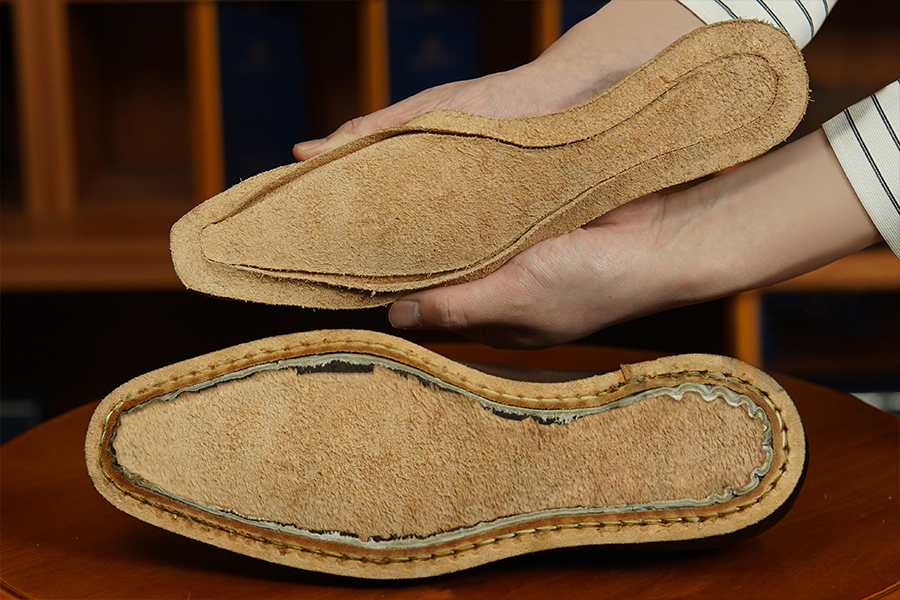
You asked for a step‑by‑step. Here’s a simple field guide you (or a store associate) can use in seconds.
- Visual indicators
- Look for a clean, even stitch around the outsole’s perimeter. Closed‑channel soles may hide the thread under a flap, but the welt edge will still be there.
- Check the edge width: if there’s almost no rim beyond the upper, it’s likely not welted.
- Structural clues
- Press under the insole’s forefoot (inside the shoe) with your thumb; well‑made welted pairs feel cushioned yet firm thanks to cork fill.
- Welted shoes tend to feel a touch heavier and more substantial than Blake or cemented builds.
- Practical tests
- Resole path: Does the manufacturer (or your cobbler network) offer resoling? Heritage makers highlight this because Goodyear welting is designed for it.
- Flexibility check: bend the shoe at the ball a few times—expect controlled flex now, more give later as the cork molds.
Comparison snapshot (bookmark this):
- Goodyear welt: resolable widely; water‑resistant stitch path; slightly heavier; long break‑in, long reward.
- Blake stitch: slim, flexible, often shows stitches inside the shoe; resoling requires a Blake machine.
- Cemented: glued; light; generally not resolable.
A quick cross‑section (not to scale)
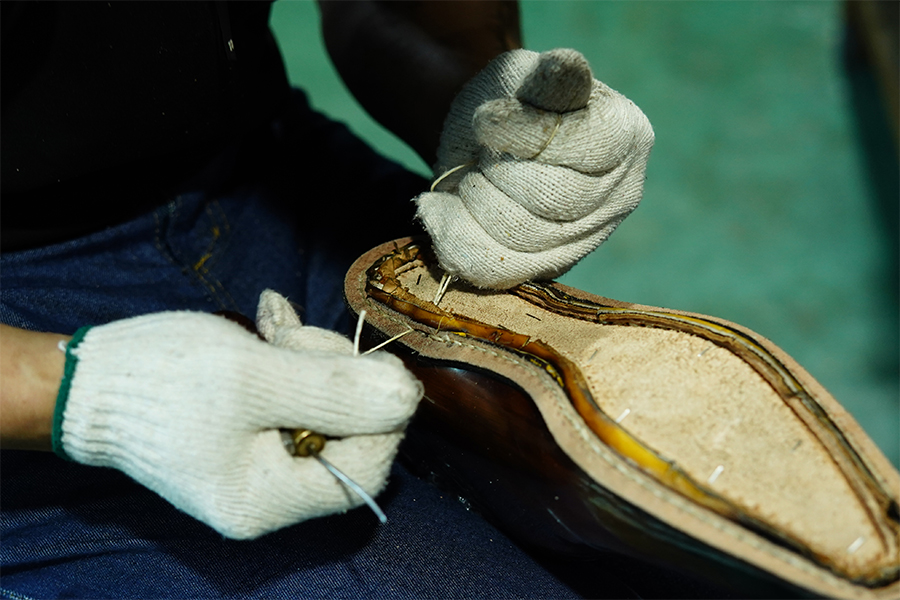
That stitch between outsole and welt is the reason you can “snip and swap” soles without harming the upper. Crazy, right?
Why It Matters for B2B Clients
Goodyear Welt as a Value Proposition
- Retailers can use “Goodyear welted construction” as a front‑of‑card selling point, right alongside leather type and last shape. It’s the rare feature that’s both luxurious and practical.
- Private‑label brands can step out of the commodity fight. When a product is resolable and gets more comfortable with age, customers keep it—and talk about it.
If you’re educating consumers online, link to third‑party explainers such as the Goodyear welt overview and this clear, readable guide on buying quality shoes. They validate the claim that construction matters more than hype.
Hengxin’s Unique Strengths in Welted Shoes
If you’re building a program in Asia with Western‑market expectations, you want a factory that actually lives and breathes welted construction.
- Mastery of Goodyear welt construction with strict QC
Hengxin produces Goodyear welted shoes on an assembly line while using a 360° channeling insole method (a carved holdfast rather than cotton gemming). Translation: a more compact, direct stitch into leather, and a clean, serviceable build. For B2B, it means repeatable quality plus resoling‑friendly architecture. - Hand‑applied patina finishing
Patina isn’t paint‑by‑numbers here. It’s hand‑colored depth—repeatable enough for wholesale, rich enough for boutiques. Few Chinese factories offer this level of patina as a core, scaled service.
Want to show buyers the nuts and bolts? Point them to Hengxin’s pages on Goodyear Welt shoes and Patina finishes—they’re written for OEM/ODM clients.
The Advantage of Partnering with a Specialized Manufacturer
- Full range of classic styles
Expect the whole roster: Oxford, Derby, Brogue, Monk, Loafer, and dress boots, all compatible with welted construction. That keeps line planning and seasonal refreshes simple. - Scalable production
Hengxin supports flexible MOQs and can scale to mid‑sized brand volumes without the quality drop you see when a cemented‑shoe line suddenly tries to “go welted.” Good news for test launches and phased rollouts.
A side‑by‑side you can share with your team
| Construction | How it’s attached | What customers feel | Resole path | Ideal use case |
| Goodyear welt | Upper/insole stitched to welt; outsole stitched to welt | Supportive at first, then custom comfort as cork molds | Widely serviceable; brand factory or skilled cobblers | Core dress styles; premium boots |
| Blake | Single stitch through insole, upper, outsole | Sleeker, more flexible out of box | Needs a cobbler with Blake machine | Slim Italian silhouettes |
| Cemented | Upper glued to sole | Light, often cushy; shorter lifespan | Typically no | Fashion or price‑driven SKUs |
For more background you can link on product pages, Crockett & Jones’ explainer is a great authoritative reference on construction and repairs, and Stridewise offers a solid, quoted comparison of Blake Rapid vs. Goodyear.
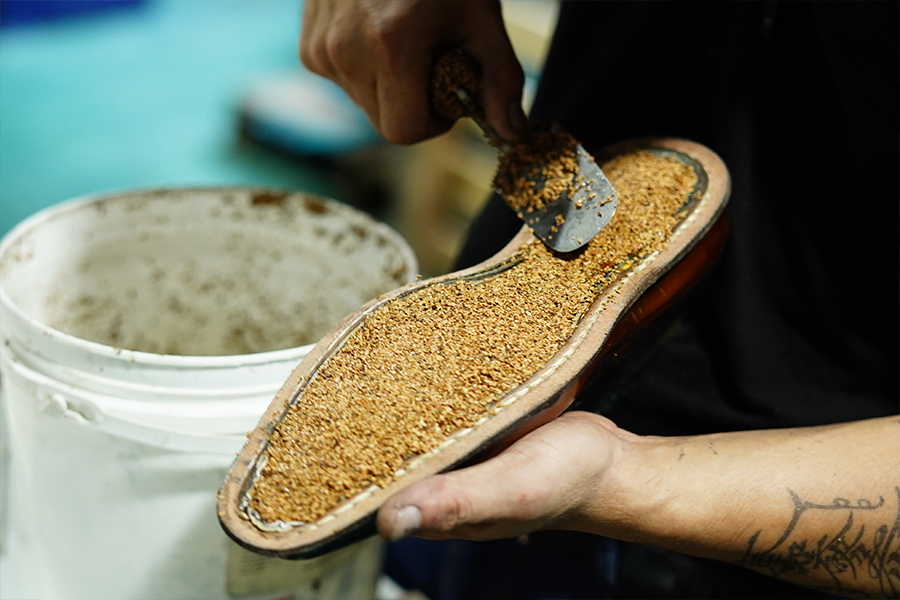
Conclusion: Recognizing Craftsmanship and Choosing the Right Partner
Here’s the big picture. Goodyear welted shoes stand apart because the design protects the upper, lets you refresh the outsole, and adds a cork bed that literally learns your stride. The result? Pairs that look better every season and keep customers in your ecosystem longer. For B2B, being able to spot a true welt—and source it consistently—means fewer returns, happier wholesale partners, and collections that feel premium in the hand.
If you want that advantage without guesswork, partner with a manufacturer that actually specializes in welted footwear and patina artistry. Hengxin can help you launch (or upgrade) a program that blends classic English‑inspired construction with the color depth modern shoppers love. Your line sheet just got stronger.
FAQ
- What is a Goodyear welt in shoes?
It’s a construction method where a strip (the welt) is stitched to the upper and insole; the outsole is then stitched to that welt. This makes the shoe more water‑resistant and easy to resole. - Can Goodyear welted shoes be resoled?
Yes—many times, as long as the uppers are sound. That’s why brands maintain factory repair programs and why cobblers love this construction. - What is the difference between Goodyear welt and Blake stitch construction?
Goodyear uses a separate welt and cork‑filled cavity; Blake stitches go straight through insole‑upper‑outsole, which looks slimmer and feels more flexible but requires a Blake machine for resoling. As bootmaker Brad Day notes, Blake Rapid adds a separate midsole/outsole to improve water resistance. - Do Goodyear welted shoes feel heavier than other shoes?
Usually a bit, especially early on; they also start firmer because of the layered build and cork fill, then break in beautifully as the cork molds. - Is Goodyear welt construction suitable for both men’s and women’s shoes?
Absolutely. The construction is style‑agnostic. Many Northampton makers produce welted men’s and women’s lines, and the same benefits—resoleability, structure, longevity—apply.
